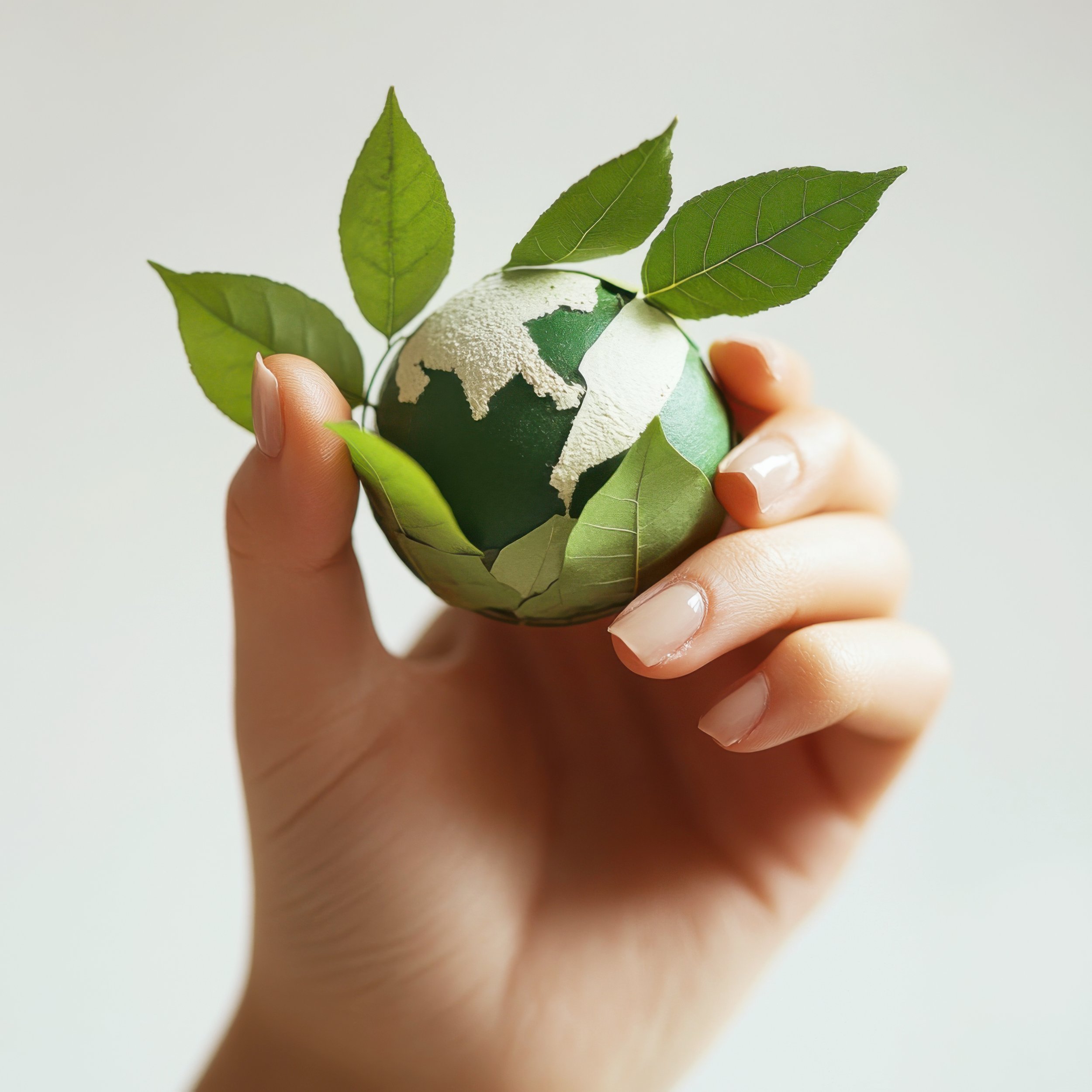6 Simple Ways to Incorporate Sustainability into Your Interior Design
Incorporating sustainability into your interior design doesn’t have to be complicated or expensive. A few smart design choices can make your home more eco-friendly, healthy, and cost-effective—without drastically increasing your budget. Below are some practical and achievable ways to design a more sustainable home.
1. Design with Orientation in Mind
One of the most effective (and cost-free!) ways to improve your home’s sustainability is to plan its layout based on orientation. The way your home interacts with sunlight and wind can significantly impact energy efficiency, heating, and cooling.
Living areas should ideally be positioned north-facing (in the Southern Hemisphere) to maximise natural daylight and warmth in winter while reducing the need for artificial heating.
Bedrooms can be placed on the east (for morning sun) or south (for a cooler environment).
Minimise west-facing windows, as these bring in harsh afternoon heat. If unavoidable, use external shading like pergolas, eaves, or deciduous trees to control sun exposure.
Cross-ventilation should be considered—strategically placed windows, louvres, or openable skylights allow fresh air to circulate, reducing reliance on air-conditioning.
Getting orientation right in the early design phase means you’ll spend less on heating and cooling, making your home more comfortable year-round with minimal energy use.
2. Choose Sustainable Materials
Selecting eco-friendly materials is an easy way to make your home more sustainable. Look for:
Low-VOC (Volatile Organic Compound) paints and finishes to improve indoor air quality. These reduce harmful chemicals and that “new paint” smell.
Recycled and responsibly sourced materials, such as reclaimed timber, FSC-certified wood, and recycled glass tiles.
Durable, natural fabrics like organic cotton, linen, and jute for upholstery, curtains, and rugs.
Locally sourced materials, which lower transport emissions and support Australian businesses.
These materials aren’t just better for the environment—they also create a healthier, more natural home environment.
3. Maximise Energy Efficiency with Smart Design Choices
Reducing energy consumption starts with good design. Here’s how to cut energy use without compromising style or comfort:
Lighting: Use LED bulbs, which consume up to 90% less energy and last far longer than incandescent or halogen lights.
Windows & Insulation: Double-glazed windows and well-insulated walls, floors, and ceilings reduce heat loss in winter and keep interiors cool in summer, cutting down on heating and cooling costs.
Automated window coverings: Blockout blinds or curtains help trap warmth in winter and keep heat out in summer.
Energy-efficient appliances: When purchasing new appliances, check their energy star ratings—the higher the rating, the lower the running costs.
Simple choices like these can significantly reduce your energy bills while keeping your home comfortable year-round.
4. Invest in Durable, Timeless Pieces
Fast furniture and trend-driven decor contribute to landfill waste. Instead, invest in well-made, classic pieces that stand the test of time.
Opt for solid timber furniture over MDF or particleboard, which often contains formaldehyde and degrades quickly.
Choose modular furniture that can be adapted or reconfigured over time rather than needing to be replaced.
If you’re on a budget, look for quality second-hand pieces—vintage furniture is often sturdier than modern mass-produced items and can be easily refreshed with new upholstery or finishes.
A home filled with meaningful, long-lasting pieces not only reduces waste but also feels more personal and unique.
5. Reduce & Repurpose to Minimise Waste
Renovations and decorating projects can create unnecessary waste. Before discarding anything, ask: Can it be reused, repurposed, or donated?
Upcycle old furniture: A fresh coat of paint, new handles, or reupholstering can give an outdated piece a second life.
Incorporate reclaimed materials: Use salvaged wood for feature walls, repurposed doors as headboards, or vintage tiles for a unique backsplash.
Shop second-hand: Markets, antique shops, and online platforms often have beautiful, one-of-a-kind pieces that add character and sustainability to your space.
Not only does this reduce landfill waste, but it also makes your home more personal and creatively designed.
6. Use Water Wisely
While water-saving fixtures are already standard in new Australian homes under the WELS scheme, there are still ways to improve water efficiency:
Upgrade older taps and toilets: If you’re renovating an older home, check the WELS rating of your fittings. Modern dual-flush toilets and water-efficient taps significantly reduce water use.
Choose water-efficient appliances: Look for high WELS-rated dishwashers and washing machines that use less water per cycle.
Reduce water waste outdoors: Opt for native, drought-tolerant plants in landscaping to minimise irrigation needs.
Capture rainwater: If possible, install a rainwater tank to use for watering gardens or even flushing toilets.
Being mindful of water use helps lower your bills and preserves an essential natural resource.
Sustainability Made Simple
Incorporating sustainability into your home doesn’t have to be overwhelming. Even small, intentional changes—like choosing energy-efficient lighting, designing with orientation in mind, or opting for durable, timeless furniture—can make a big difference over time.
Sustainable design isn’t just good for the planet—it also creates a healthier, more comfortable home and saves money in the long run. So, as you plan your renovation or new build, consider how you can integrate a few eco-friendly design choices into your space.
For more detailed guidance on sustainable home design, check out the Your Home website—an excellent free resource for anyone wanting to build or renovate with sustainability in mind.
